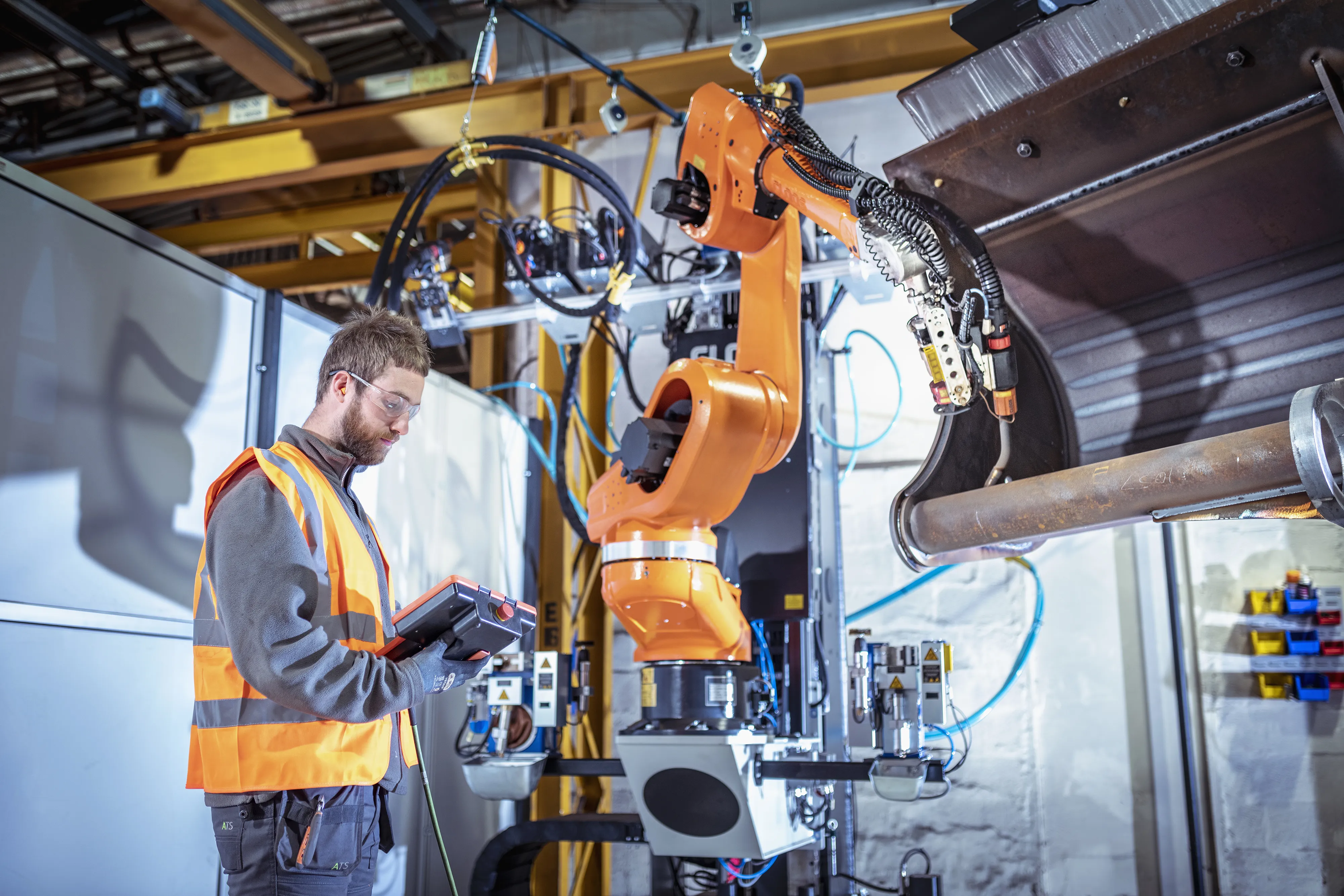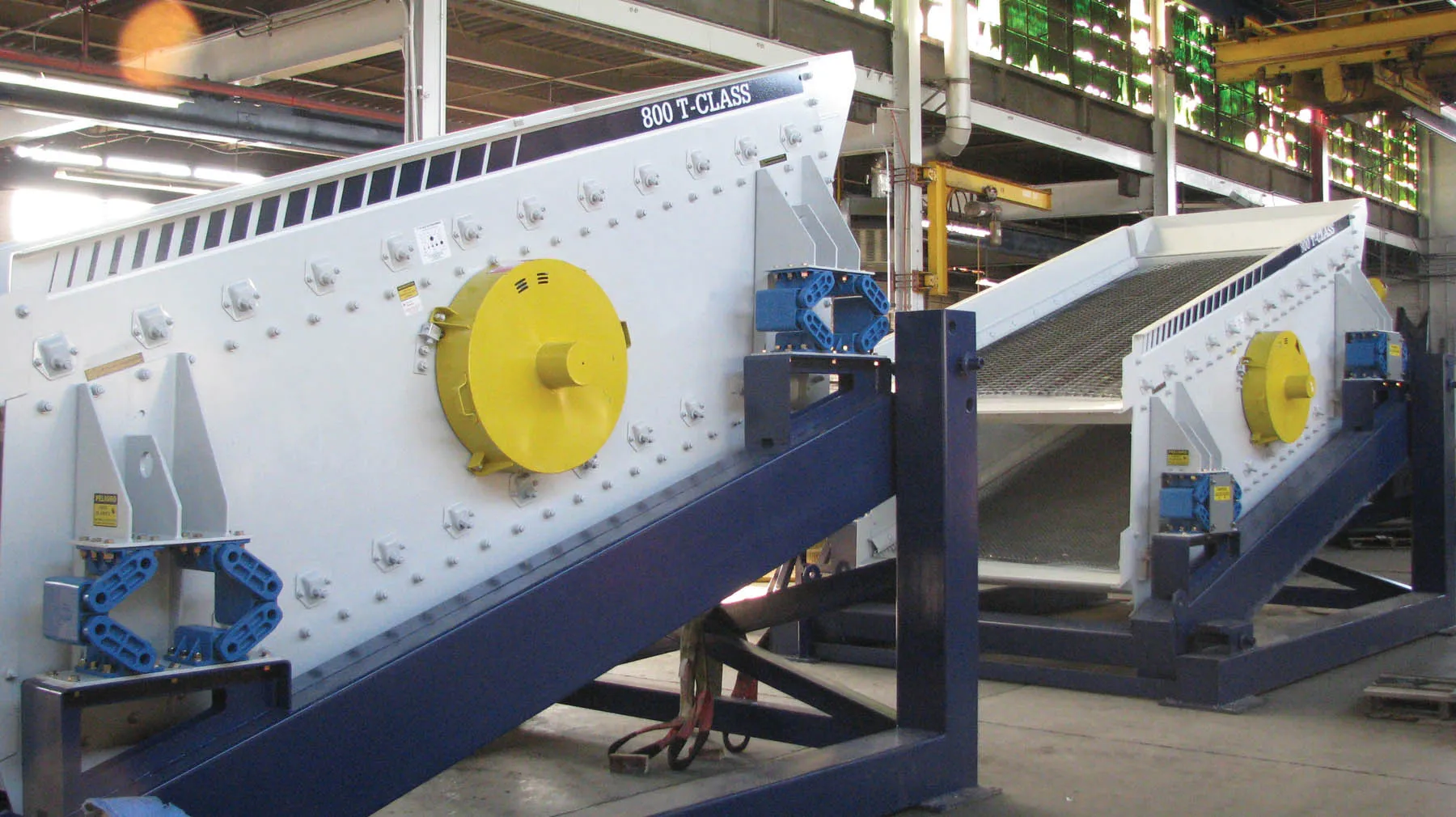
Bucket and coupler manufacturer Miller UK is boosting its manufacturing capabilities through upgrading its welding robots. The firm has invested in five new robots, which are now commissioned and in full operation. This move has increased Miller’s production capacity, as well as improved the safety of its workforce.
Miller says it has increased its welding speed and can deliver 100% weld consistencies on its product range. The new robots are developed by industry leaders in welding and automation, CLOOS and include two different model ranges, QRC 410-2.0, ideal for welding attachments for machines up to 45tonnes and two QRC 350-E models, capable of handling attachments for machines up to 100tonnes.
The company first invested in its welding robots in 2018. Recognising the value of these machines, Miller has now installed two of the larger sized machines, doubling production capacity.
Speaking about the investment, James Ross, commercial director at Miller said: “Manufacturing technology has always been a priority and it is very important that Miller continues to invest in the next generation of welding equipment and robotic automation which can transform the quality to consistent market leading levels.
“With minimal production downtime required, and the ability to operate for extended periods of time, this has significantly increased our manufacturing capabilities – particularly to produce much larger buckets for extreme applications - to meet our demand and significantly reduce our lead times for customers.”
The QRC 350-E robot model boasts a range of smart features. Comprising 12 axis movement, including the robot arm, the machine is designed to allow for more manipulation of parts, which increases its versatility and ability to reach more difficult areas on a workpiece. This allows Miller to weld more, whilst reducing the manual labour required once the robot process has been completed.
Gregg Hudson, global manufacturing leader said: “The new robot really does step our production capabilities up to the next level. The weld finish achieved from this machine is exceptional.”








